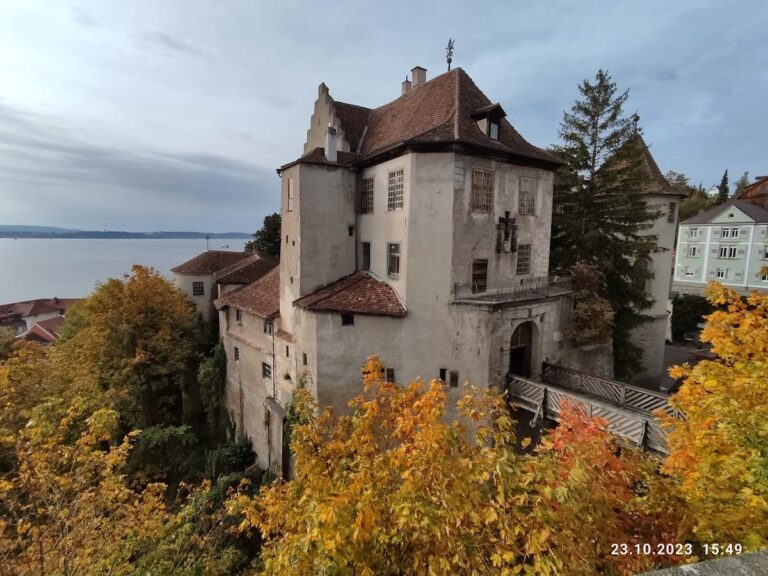Burg bei Burgweiler: A Medieval Water Castle in Germany
Visitor Information
Google Rating: 3.3
Popularity: Very Low
Google Maps: View on Google Maps
Country: Germany
Civilization: Unclassified
Remains: Military
History
Burg bei Burgweiler is a medieval water castle located near the village of Burgweiler in Germany. It was constructed during the High Middle Ages by local nobility, serving as a fortified residence adapted to the lowland terrain.
The earliest noble residents connected to the site include Wolvberadus, known as Edler von Wilare (Weiler), and his wife, who are believed to have lived on the castle hill as early as the mid-11th century. However, no surviving written records mention the castle specifically until the early 13th century. During this later period, ownership passed to the noble family of Gundelfingen, who held the site for several decades. The Gundelfingens, taking advantage of their ties to the ruling Staufer (Hohenstaufen) dynasty, expanded their estate in the surrounding area, including Burgweiler.
In 1279, Conrad II of Gundelfingen transferred his possessions around Ostrach and Burgweiler to Salem Monastery. This transfer was likely motivated by financial difficulties, disputes over inheritance, or political considerations. Following this handover, the historical record does not clarify what became of the castle, leaving its subsequent use and decline undocumented.
By at least four centuries ago, the property formed part of the parish estate of Burgweiler and has remained under church ownership ever since. Approximately 250 years ago, Pastor Geiger undertook landscaping efforts on the castle hill. He cleared vegetation, filled in the surrounding moat, and created a cart path to develop a pleasure garden. A stone garden house was built during this time, and an early 19th-century lexicon described this garden as offering picturesque views over the nearby Ried wetlands.
Since the late 1960s, local organizations have cared for the site. The Burgweiler music club has maintained the hill since 1969 and hosts an annual festival called the “Burgfest.” Additionally, the village’s carnival association, founded in 1979, draws inspiration from the former castle and the noble Burgweiler family for its traditions. In 1986, they introduced a carnival character named “Butz,” reflecting this heritage.
Remains
The remains of Burg bei Burgweiler take the form of a wooded motte, which is a type of raised earthwork mound, typical of a medieval fortified structure known as a turmhügelburg (tower castle). The castle sits on a natural elevation in the upper Linzgau region and covers an area of about 685 square meters. It was originally enclosed by a substantial curtain wall characteristic of the Staufer era, which surrounded a central bergfried, or stone keep, along with other associated buildings.
The motte itself rises roughly 10 meters above the surrounding terrain, with a diameter ranging between 24 and 32 meters. Encircling this mound was a water-filled moat shaped like a U, a prominent defensive feature still visible in the landscape today. On either side of the moat were earth embankments serving as walls—an outer and an inner line—that reinforced the castle’s protective perimeter. Access to the stronghold from the nearby settlement of Weiler was limited to a narrow plank causeway spanning the swampy ground around the moat.
Although the moat was filled in at intervals, notably during the 18th century when it was transformed into part of the castle’s pleasure garden landscape, the overall form of the earthworks and the castle’s layout remain discernible to the present day. An information board positioned at the site provides visitors with historical context about the castle, the former nearby settlement, and details about the festivals held annually on the hill.







